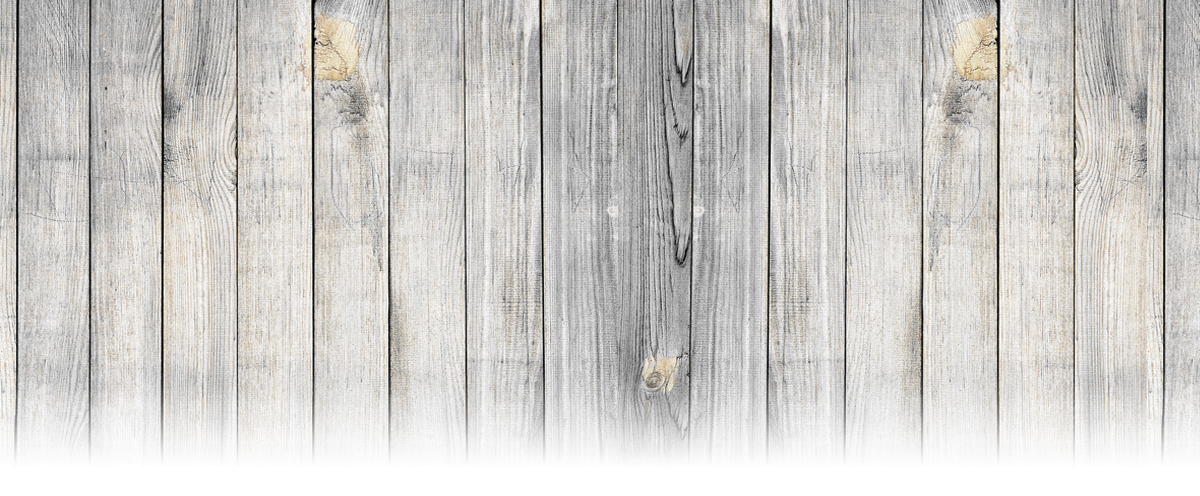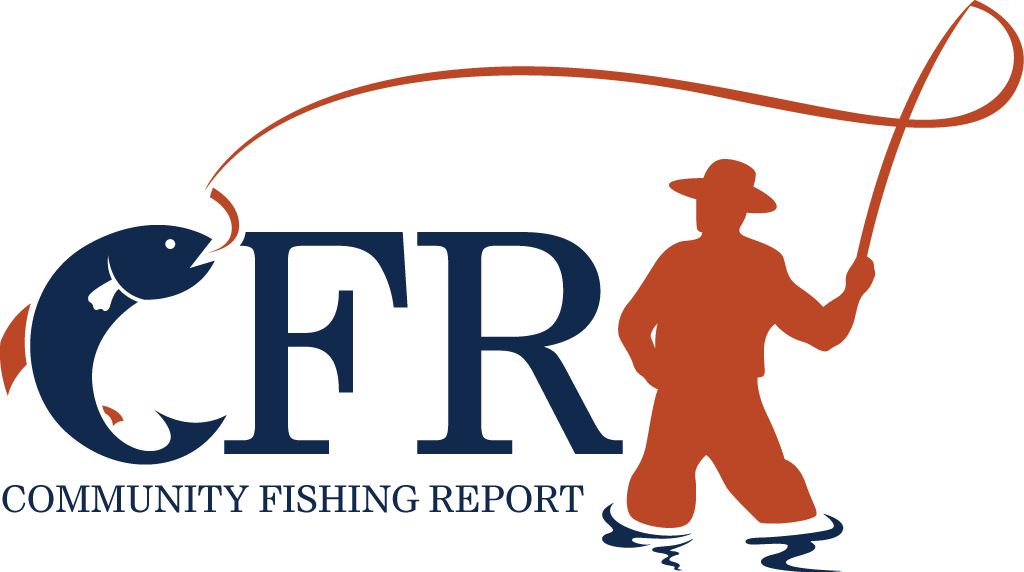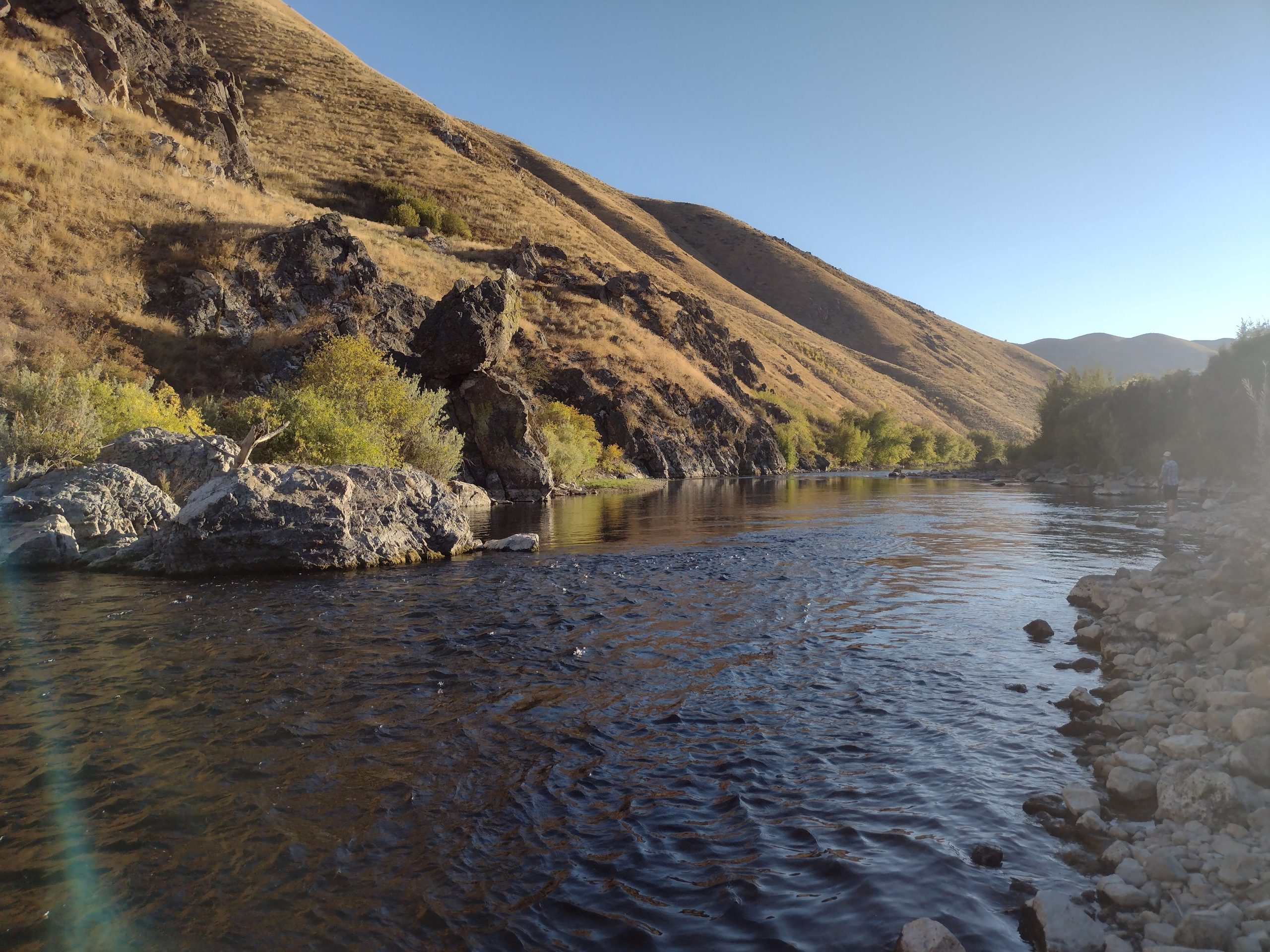C.J. Strike Reservoir and Nearby Lakes
The fishing complex at C.J. Strike sprawls across the desert canyon of Idaho's Snake River. The main reservoir dams both the Snake and the Bruneau Rivers, resulting in an incredibly diverse fishery. Small lakes with slightly different opportunity tuck in next to the larger lake as well. There's something to do here every season of the year, whether you are after bass, panfish, trout, or sturgeon. CJ Strike is distinctive amongst other Idaho reservoirs in that its water level fluctuates extremely little. It is at full pool almost year round. This is very good for predictable access and also for consistent spawning conditions for many of the resident fish species.
Resources
First thing's first, here are the IDF&G pages for CJ and the nearby fishing options:
CJ Strike Reservoir (including both the "Snake Arm" and the "Bruneau Arm")
- Cove Arm (not to be confused with Cove camp area, more on that below)
- Crane Falls
- Dunes Lake (South)
- Dunes Lake (North)
- Bruneau River
If you want to get serious about fishing CJ Strike and you want a little professional help along the way, Jones Sport Fishing is a guide service that seems to really know their way around. You can check out their website if you want to learn more about the trips they offer. But you can also watch their YouTube Channel and learn a lot about how to fish CJ just by doing that.
Lastly, the local area Sportsman's Warehouses generally post information about CJ both in stores, and also on their websites. Those reports aren't often detailed but it's something.
Seasonal Information
Spring - generally known as a local favorite there's quite a bit going on as the weather warms. The Perch will spawn earliest, but Bass will be moving into the shallower water early in spring too. Crappie and Bluegill follow later in Spring, and May can be a favorite for catching all these fish from the bank. Trout are available year round, but Spring will hold some of their favorite temps and encourage them to cruise in shallower water nearer to shore as well. Spring will be the busiest time of year to get a campground, typically, especially around Memorial Day.
Summer - some people love fishing for the warmwater species the hotter it gets. Catfish can be found and more active as it gets warmer too. When it gets real hot, it can make it hard to find trout, it can send some fish like Crappie down deep and disperse them, and in very rare years the hot temps have resulted in a suspension of Sturgeon fishing in parts of the lake. CJ is also prone to toxic algae blooms, especially in the larger and relatively shallow Bruneau Arm. There are years when the hot August temps and news of algae outbreaks can turn the lake into a ghost town, but if you know what you're doing you can still catch a lot of fish. Oh, by the way, don't pass up the chance to put out a crawdad trap overnight.
Fall - sometimes Fall goes a bit overlooked. Bass fishing is good probably longer than people realize. The panfishing can get red hot on crisp October, or November, or even December days. Trout get comfy again, and there aren't as many people around making it easier to find bank access.
Winter - would say that this is likely a boater's season. Sturgeon can still be caught even out in the cold, and if you find a pack of the panfish that school up thick in the winter you could be in for a very good time. Some anglers prefer this season for locating those tightly packed schools and the lake can be surprisingly buzzing with boats in February. CJ rarely freezes solid enough for ice fishing. But if it does, it will be in the narrows very near to Cove campground. Take safety gear, take friends, take rescue equipment, and maybe you'll take home a bucket of Perch. Bank angling in the Winter may, as is often the case year round, yield some trout. Generally speaking, Trout are to be found on the main body or in the narrows.
Camping and Angler Access
The main terms you'll hear used with regard to CJ Strike (in order from North to South and West to East) are "Snake Arm" "Main Body" "Narrows" and "Bruneau Arm" so we'll talk about them in that order. When it reaches the most upper part of CJ Strike Reservoir the Snake River is running mainly East to West across Southern Idaho. The first access point right about where the river becomes the lake is Loveridge Bridge, and it's technically two access points. There's no camping at these two launches on either side of the river, but smallish sized boats up to classic bass boats have been known to put in here. They do both have small docks along with cement ramps. Probably not recommended for a big old jet boat or ski boat but hey you do you. It's a very short dirt road right off the highway and easy to check out on a map. Loveridge Bridge and the start of CJ Strike Reservoir are both very near to the town of Bruneau and there is some gas and other amenities in town. A small RV park calls North of Bruneau home. The town is also a good first waypoint if you are trying to find access to the Bruneau River. Slow down once you get close (speed limit is 25 anyways) and look for signs to the river. Be prepared for dirt roads, a few gates that are marked as public access and ok to open as long as you close them again behind you, and then a short walk from the designated parking area. If you keep heading South on the highway after town you'll be headed in the direction of a bunch of other options:
- Bruneau Sand Dunes and the nearby lakes (turn off the highway left and East when you see the signs)
- Crane Falls and Cove Arm (turn off the highway right and West when you see the signs)
- Road into CJ Strike on the Bruneau Arm side, which we'll actually discuss last
- Highway continues South for another couple hours to get to Duck Valley, which we talk about on another page
Bruneau Lakes
The road into the State Park is easy, paved, and short. Camping options abound and you can best learn about them, or book them, by going directly to the Idaho Parks and Rec website.
Both lakes are very close to the dunes, one essentially at the very base, and have primitive dirt launches that can handle one or two person crafts like a kayak or inflatable. The smaller lake has a dock that has seen better days, last checked, but it still floats and could be a great way to get a kid into their first little warmwater fish. The bigger lake is rebounding from a fish kill years ago, and could be very good again very soon. The bass are protected so read your regs first.
Also worth noting, the mosquitoes can be thick here. Plan accordingly. And if you're going to check out the dunes, just know that sand is sand no matter if you're at the beach or here in Idaho and sand does what sand does. You've been warned.
Crane Falls and Cove Arm
You'll love em or you'll hate em. The road into these spots is gravel and long and winds down into the canyon. You can get a sedan down in there, but should you?? Camping is allowed but primitive and limited. Get there early and make sure you know what you're doing. This is also prime snake habitat. But it can be a nice mix of off the beaten path while not totally isolated. Cell service here is unlikely.
You'll first see pull offs to the right of the main gravel road which lead over to the Snake River. People do fish this area, mostly for Catfish from the bank. There are some primitive launches into the river here too and the water moves pretty slow but it does move.
Just after you reach the river, you'll hit the Eastern edge of Crane Falls. This is a nice place for personal watercraft of small boats with electric motors. A concrete launch ramp and outhouse are available, but no dock there. There are fishing docks on the North and South sides but those fill fast.
If you are trying to get to Cove Arm, which is second along the road, turn to the left and drive to the South on Crane Falls along the bumpy dirt road until you reach the launch for Cove Arm. Google maps makes it look like there is a road on the North side too which connects but don't believe that folly. The Cove Arm launch has a concrete ramp and a smallish but solid dock for loading in passengers. There's an outhouse here too. There's parking for maybe less than a dozen trucks by that ramp. Technically, Cove Arm is connected to the Snake River downstream of Loveridge Bridge and if you wind through a small passage at the North of this "lake" you're free to explore.
Snake Arm of CJ Strike
This is the longest and shallowest part of CJ Strike and maybe the least explored, too? It's a popular place to chase Sturgeon but make sure your boat is up to the distance and the varying depths. You can access the Snake Arm from Loveridge Bridge as discussed earlier, but you can also get there from the first stop (North Park) we'll mention in the section below about the Main Body. Maps show that the banks around the Snake Arm are BLM land so people could technically camp out there. It's not super hospitable terrain though, and there is a little bit of private property dotted in there too. Just be smart and do your research first if you're trying to do something to get away from people.
Main Body of CJ Strike
Ok we're jumping over to kind of the other side of the lake now to a part where the primary access is usually from Strike Dam Cutoff road off of I-84 well to the North. This road has been somewhat recently paved thanks to good old Simplot and makes the drive from Boise significantly shorter and easier. We'll start with the farthest North and West access point and work our way around the reservoir in the direction of the Narrows and then the Bruneau Arm.
North Park (Idaho Power) - you'll often hear people talk about the Air Force ramp, or access, or area of CJ Strike and this is actually where they're referring to. The Air Force portion is, as the name suggests, just for the local airbase folks. But it connects to the very public North Park launch and campground operated by Idaho Power. Read all about it for yourself on their website but this launch definitely can handle and does handle the greatest velocity of boaters coming in and out of the water. Two long docks on either side of a large and long ramp which can easily handle three trailers in the water at a time. There are several public docks where you can tie up overnight while camping as well.
Scout Park and Locust Park (Idaho Power) - both of these spots are campgrounds and they have lots of access to the Snake River where it comes out of the bottom of the dam. It's an incredibly popular place for bank anglers to set up for Sturgeon fishing. Most of the year there are carp leaping around everywhere. Trout and Bass, and even Crappie some years, can be found down here as well. There is one concrete ramp immediately to the downstream side of the bridge which crosses the Snake where some Sturgeon anglers (and hunters) will launch jet boats. Boating is not allowed upstream of the bridge.
Primitive Camping (BLM Land) - Stretching from the dam all along the Southern side of the Main Body is a great deal of BLM public access land. Checks the latest available maps before you go and pay attention to signage. But on all but the busiest of weekends, if you prefer to boondock it there is some open space to be found. You know the drill though, pack it in pack it out. That includes used worm containers, people.
Black Sands (Private) - yet another camping option and has a very nice boat ramp in a protected little section of the reservoir, very close to the Narrows. The Narrows is easily the most popular area to fish, although that doesn't necessarily make it the best.
Cove Recreation Site (BLM Managed) - although this is also BLM land, it is improved and maintained and thus comes with a day use and/or camping fee. Bring cash!! There is what you could call a launch available here, but there is no dock, it is incredibly shallow, and the pavement falls off rapidly. Wouldn't recommend launching anything which is not inflatable or single passenger here. Once you're in the water though, there are several docks tucked into the protected cove area. If you can beat the rush you can find a camp spot with a dock right next to it and set up shop for a very pleasant fishing and camping trip. In Spring, Crappie move into the cove area to spawn and can be caught in great numbers.
Narrows of CJ Strike
The aforementioned Black Sands is the closest boat launch to the Narrows and there is no camping right along the Narrows itself. As the name suggests, this is a skinny piece of water connecting the Bruneau Arm to the Main Boy. Bank access is almost nil. It's a popular place for boats to anchor and fish, or troll, or for some boats to use as a highway. This can cause some grief to the fishers and does seem a bit reckless at times. However, a good bass boat flying through at 40+mph will actually cause less wake than a pontoon boat going through at 7mph so, darned if you do darned if you don't. It's not just boats that seem to use this area as a highway, sometimes it seems like the most popular place for Crappie, Perch, and Trout to be as well. But if you move slowly through the Narrows when there are a dozen boats or more, and you don't see anyone pull something in, it's time to start appreciating the scenery and that you're not at work 😉
On the Bruneau side of the Narrows just as the lake starts to open back up you will find a large dock accessible by gravel road off the highway. Crappie can be found here during the spawn as well, though this spot gets surprisingly popular. There is no launch here for boats on trailers.
Bruneau Arm of CJ Strike
Cottonwood Campground (Idaho Power) - The launch here isn't quite as nice as North Park, and only handles one boat at a time. But the tie up area is in a wonderful little protected bay which is also a popular place to fish Crappie when they move shallow. There are several fishing docks available here, and good camping options. Navigating a fairly solid but gravel road is necessary to get to this spot.
Jack's Creek Campground - It gets a little rough as you move in this direction on land, and it gets warm and shallow as you move in this direction on the lake. If Carp are your thing though many many many and large can be found out in the 8ish foot deep section of the Bruneau Arm. And many of the other warmwater species mentioned can be found around here too. Sometimes the Bruneau arm can seem a bit less crowded than the Main Body. Of course, the best option is to have a boat that will let you explore it all until you locate the hungry fish.
If you continue on the highway past Jack's Creek you will end up meeting back up with the highway mentioned at the start of this section to get to the sand dunes, the river, or Crane Falls. During the warmer months, if you are passing this intersection in either direction and have any kind of watercraft (even an inflatable rolled up in your vehicle), you are legally required to stop at the invasive species checkpoint. They may power wash your craft down, and they'll ask you some questions, but it's not a boat safety inspection. However, on that note, don't be surprised at CJ if the local Sheriff is out checking boat safety and/or Fish and Game is out checking licenses. They are usually pretty friendly and helpful. A couple of the bigger launches have life vest loaners just in case you forgot one and I've seen the cops give out free whistles to people who didn't bring a noise making device and would pass inspection otherwise. But, you know, come as prepared as you can so you don't ruin a good day.


